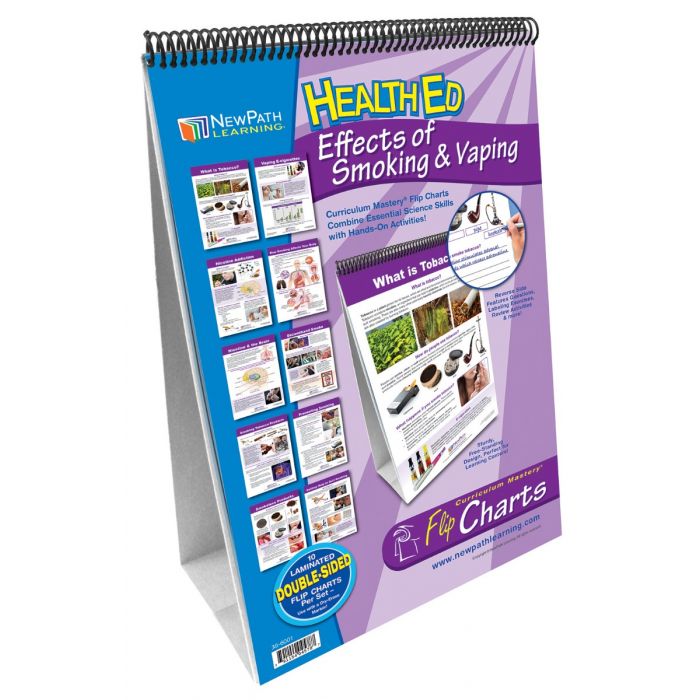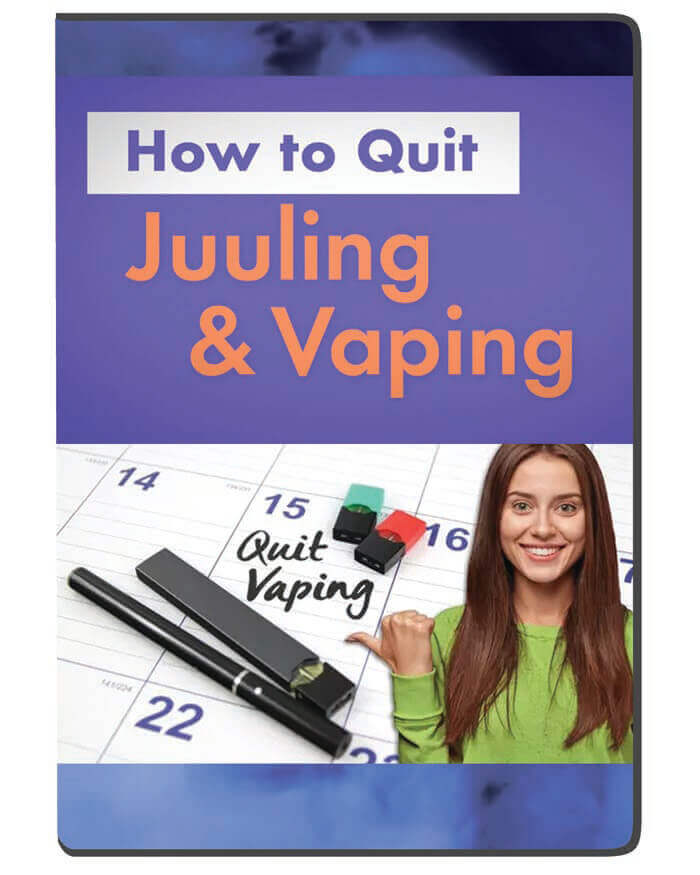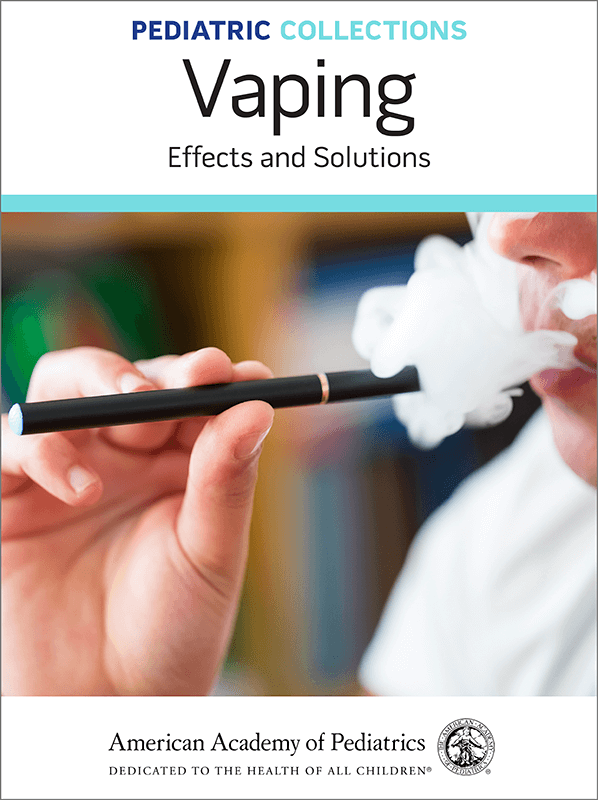Vaping
Also see: Tobacco / Nicotine
Vaping is the act of inhaling and exhaling the aerosol, often referred to as vapor, produced by an e-cigarette or similar device.
Despite legal measures to prohibit flavored e-cigarettes, teens are obtaining vaping devices that come in flavors like mango, mint or tutti frutti. These devices also contain nicotine or THC, the chemical compound in marijuana that produces the high.
From Our Collection
Vaping Safety Concerns
Vaping is unsafe for children, teens and young adults as nicotine is highly addictive and can harm adolescent brain development, which continues into the early to mid-20s. In addition, the aerosol in e-cigarettes can contain other harmful substances, such as ultrafine particles, volatile organic compounds, cancer-causing chemicals, and heavy metals such as nickel, tin and lead.
Source: CDC
Research & Data
- Annual National Youth Tobacco Survey
- Connecticut SEOW Prevention Data Portal
Search, view, and access 200+ indicators relevant to substance use/misuse, mental health, suicide, gambling, and social determinants of health. Explore 30+ data sets relevant to behavioral health, each with multiple visualization capabilities, downloadable data, and metadata.
- E-Cigarettes and Vaping-Related Disease - The New England Journal of Medicine
The New England Journal of Medicine's collection of articles and other resources on
e-cigarettes and vaping-related disease, including clinical reports and commentary. - Outbreak of Lung Injury Associated with the Use of E-Cigarette, or Vaping, Products - CDC
CDC, the U.S. Food and Drug Administration (FDA), state and local health departments, and other clinical and public health partners are investigating a national outbreak of e-cigarette, or vaping, product use-associated lung injury (EVALI). This page offers news, key facts, latest outbreak information, a map of reported cases, and more.
Apps
quitSTART
A free app that helps you quit smoking with tailored tips, inspiration, and challenges.
Learn More
Curricula & Lesson Plans
- CATCH My Breath Vaping Prevention Curriculum
This peer-led teaching approach empowers students with the knowledge and skills needed to make informed decisions about e-cigarettes and resist social pressures to vape. The curriculum is free to US Educators, however, some components include a fee.
- E-Cigarette and Vaping Curriculum
This curriculum from the American Academy of Pediatrics focuses on addressing youth E-cigarette prevention and cessation based on current evidence and best practices.
- Vaping Prevention and Education: Resources for Talking with Students
Science-based, standards-mapped classroom resources created by the FDA Center for Tobacco Products to prevent vaping among middle and high school students. These cross-curricular vaping prevention resources include lesson plans, activities, infographics, and videos that help teens learn about the dangers of e-cigarette use. These resources can be used to start an open dialogue with students about vaping nicotine and help encourage a lifetime of healthy behaviors.
- Vaping: Know the Truth
The Truth Initiative, in partnership with the American Heart Association and Kaiser Permanente, developed this curriculum to educate students about the health dangers of e-cigarette use.
- You and Me, Together Vape-Free (Elementary, Middle, & High School)
This curriculum from Stanford Medicine includes 6 lessons, each providing activities, online quiz games, and worksheets in addition to presentations, resources, and other materials aimed at addressing key factors associated with youth e-cigarette use, including changing adolescents’ attitudes towards and misperceptions about e-cigarettes; increasing their refusal skills to pulls of flavors, marketing, and social media; reducing stress and depression which have been linked to e-cigarette initiation and use; improving coping; and decreasing intentions and actual use of all e-cigarette products.
Fact Sheets
Videos
Podcasts
Trainings
- Lessons from the Field: The Facts About Student Vaping and Approaches to Prevention (National Center on Safe and Supportive Learning Environments)
- Microlearning Toolkit: Vaping Prevention 101 (New England PTTC)
Webinar Wednesday: How to Start a Vaping Education Program and Engage with Local Public Schools (CADCA) - Webinar: E-Cigarettes and Vaping: The Mechanics of Use, Risks to Youth, and Prevention Efforts



